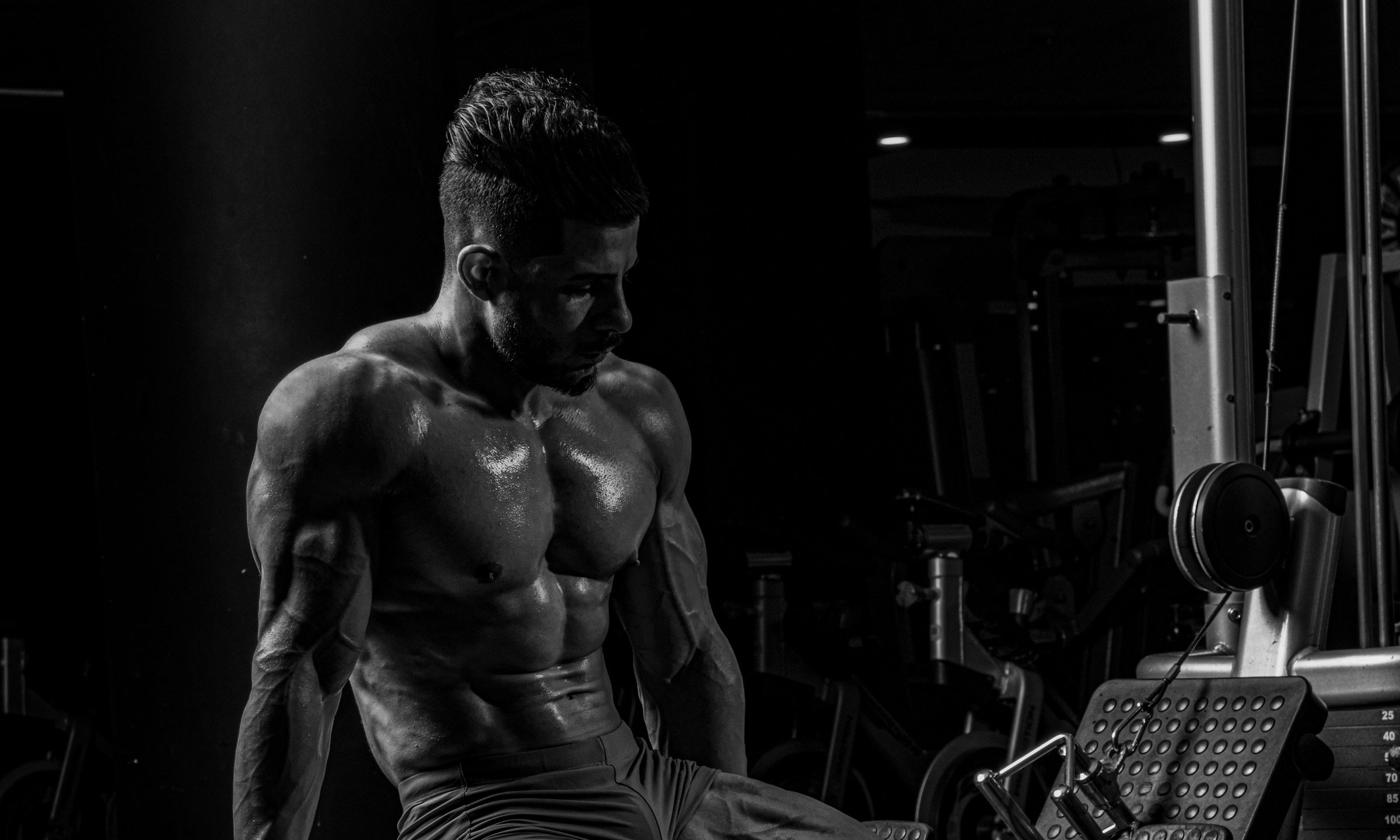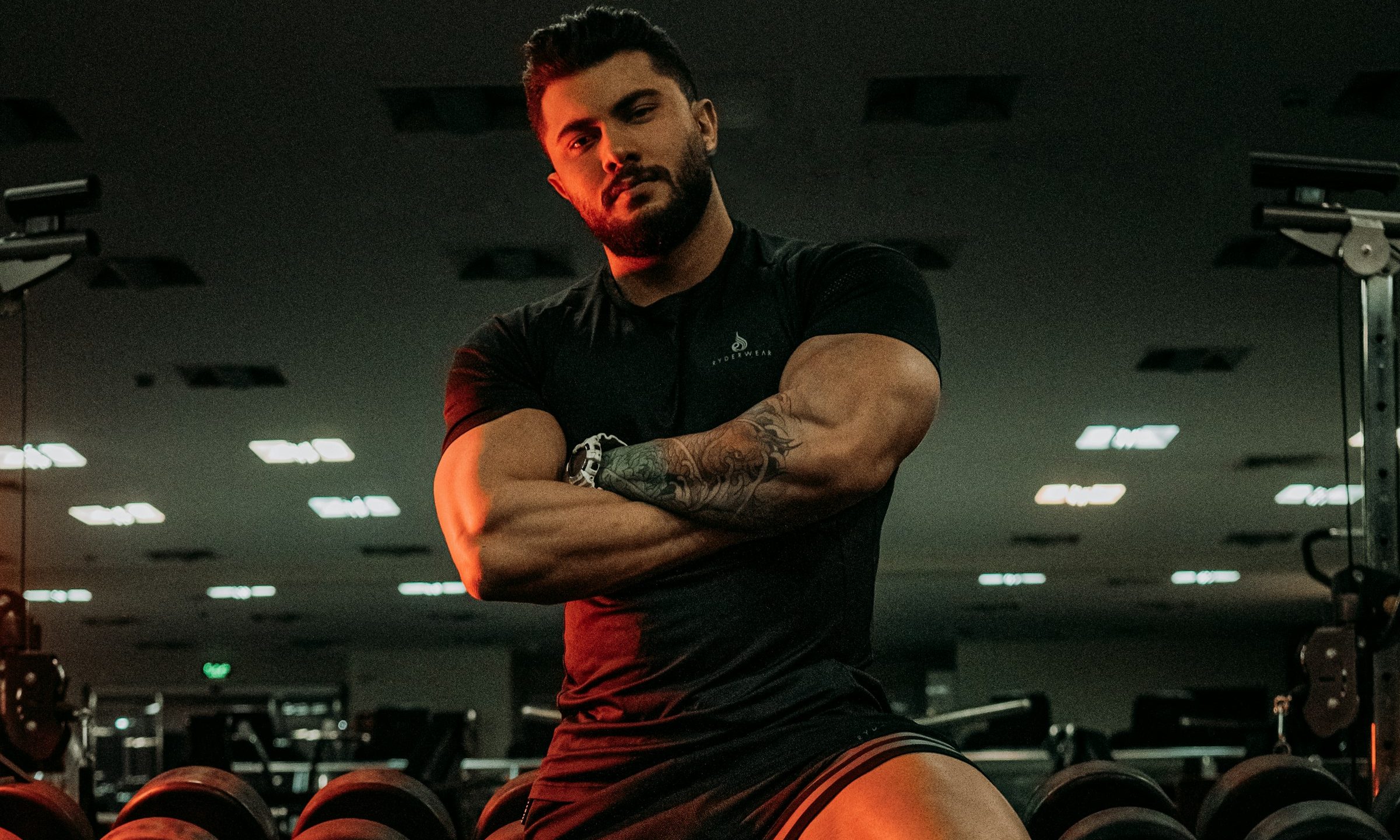To get chiseled abs, you have to target your abdominal muscles at the front and fire up your obliques on the sides of your core. Oblique crunches are a simple yet effective exercise to add to your repertoire. This move helps you build your core strength and tone those obliques. Read on for top tips to perfect your technique so you’ll be well on your way to mastering those oblique crunches.
What are your obliques?

Your oblique muscles are on the sides of your torso or core, and there are two layers. Both your internal and external obliques help you rotate your torso and protect and stabilize your spine.
During an oblique crunch, you’ll work your internal and external obliques and your rectus abdominis covering your stomach. You’ll also target your transverse abdominis to maintain upper body stability.
What are oblique crunches?

Oblique crunches are a worthwhile bodyweight exercise for targeting your obliques and rectus abdominis and strengthening your core. This exercise has slightly different variations, but the goal is always to fire up those obliques and sculpt those abs.
What are the benefits of oblique crunches?

The benefits of oblique crunches include:
- Versatile bodyweight move.
- Fire up your obliques.
- Strengthen your core.
- Fine-tune your rotational strength, balance, and flexibility, which could lower your risk of injury.
- Enhance your overall stability.
- Tone your abs, lower back, and gluteal muscles. Of course, getting abs is more complex than just exercise alone.
- There’s no need for a gym or equipment.
- There are plenty of variations to choose from.
- Add weights when you’re ready to start incorporating resistance training.
How to do oblique crunches

For this move, it’s best to use a carpeted area or a yoga mat.
Here’s how to do oblique crunches:
- Start laying on your right side with your knees bent and one foot stacked on top of each other. Your right arm should be straight out in front of you, resting on the floor.
- Lightly hold the back of your head with your left hand for support. Your elbow should be pointing out.
- Brace your core.
- Squeeze your abs as you crunch your obliques and lift your shoulder blades and upper torso off the ground. Keep your legs in the side position, your knees bent, and your feet stacked.
- You only need to raise a few inches off the ground for each rep.
- Hold the pose for a moment.
- Return to the starting position.
Common mistakes to avoid

Avoid these common mistakes to master oblique crunches:
- Doing reps too quickly.
- Not engaging your core properly.
- Arching your lower back.
- Jutting your neck forward.
Top tips for proper form

Follow these tips for proper form to maximize your outcome:
- The side of your lower back should always be touching the ground. Otherwise, you won’t be able to get the full muscle activation of your obliques.
- Maintaining the correct spinal position helps you to complete the full range of motion.
- Try to keep your neck neutral throughout to avoid straining it.
- Holding your fingertips behind your head helps you avoid jutting your neck forward and potential neck aches.
- Focus more on slower and controlled movements with your core fully engaged rather than whizzing through rep after rep.
- Include sufficient rest days to give your obliques enough time to recover.
If you have a pre-existing health condition or are unsure if oblique crunches are suitable for you, you can consult your healthcare provider or physical therapist. You should stop immediately if you have any sudden or sharp pain.
FAQs

How effective are oblique crunches?
While most people don’t believe oblique crunches are the king of oblique exercises, it’s still considered an effective move to add to your routine for variety. Performing a wider range of exercises that target your obliques gives you the most chance of success and keeps your workout routine more interesting.
How do you train obliques effectively?
The best exercises to train your obliques include:
- Russian Twists.
- Banded Elbow Thrusts.
- Bird dog
- Side plank
- Cross-body mountain climber
- Bicycle crunch
- Walking lunge with rotation

Do obliques ruin v taper?
It’s body fat in the abdominal area that makes the waist look thicker to the point where it could alter the V-taper look. Training your obliques with the right exercises should contribute to the V-taper look, as long as you’re maintaining proper form and also training your shoulders, arms, chest, and back for the upper part of the V. Bodyweight exercises like oblique crunches are an excellent choice for your oblique training. You can also use the TRX and incorporate some cardio to chisel your abs and trim your waistline.
Can you train obliques every day?
Some people try to work their abs and obliques every day; however, most fitness professionals recommend including oblique crunches in your routine two or three times a week to avoid overtraining one muscle group and to give your muscles time to repair, recover, and grow. While you can do oblique crunches daily, varying your routine with other core moves and including rest days is usually recommended.
How to incorporate oblique crunches into your workout schedule

Start with two or three sets of 10-15 reps on each side. As you work on your technique over time, you can increase the reps or train to failure. You can work your way up to completing three sets of 20 to 30 reps per side to enhance your core strength. It’s up to you when you’d like to try oblique crunches, but many people incorporate them in the middle or end of a workout sesh.
Variations and alternatives to try

These are some of the best variations and alternatives to supercharge those obliques:
- Oblique V-up
- Side plank oblique crunch
- Dead bug with a stability ball
- Weighted oblique crunch
- Single-arm farmer’s carry




